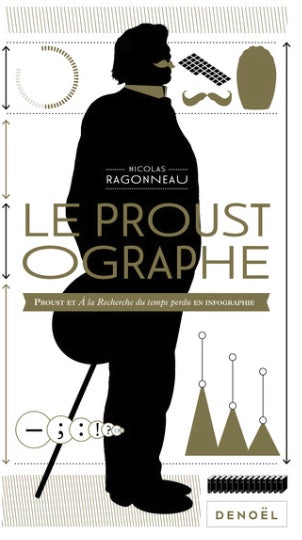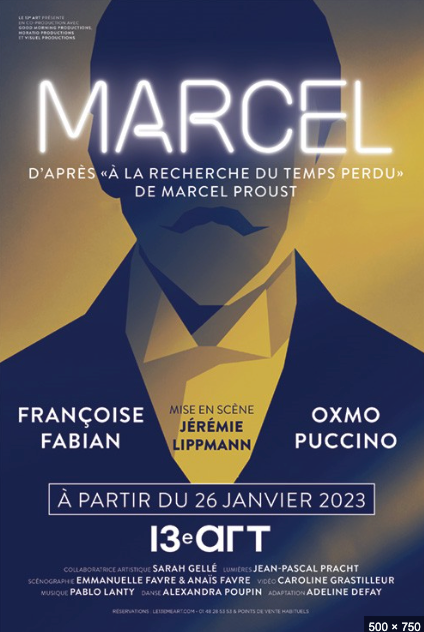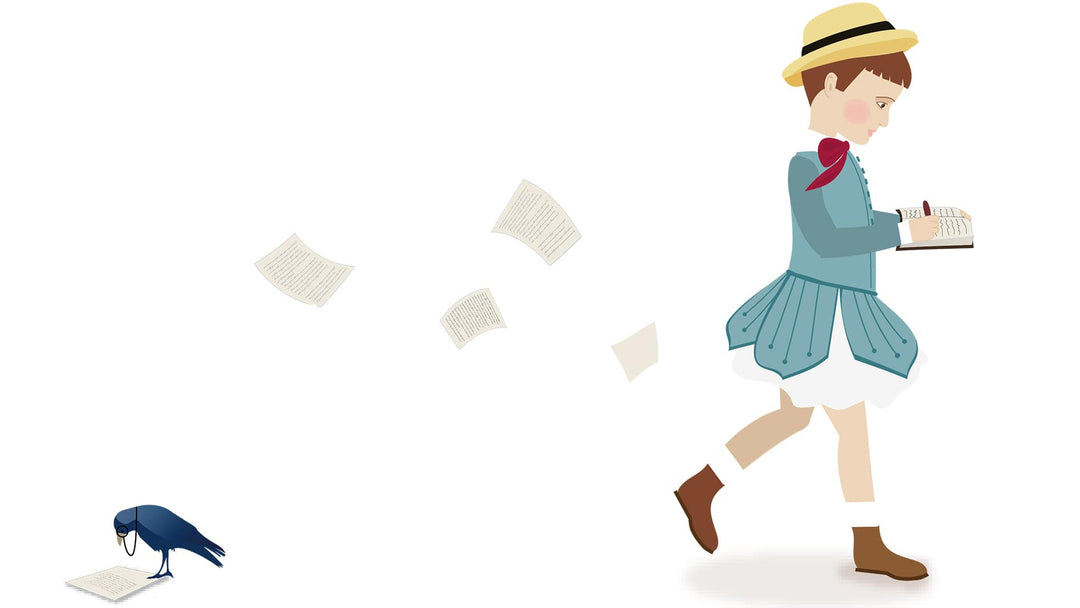BnF exhibition: Marcel Proust, the Factory of the Work ...
François-Mitterrand website
October 11, 2022 - January 22, 2023
How did Marcel Proust compose In Search of Lost Time? How was this work imagined, produced, distributed, including after the writer's death in 1922, until it became one of the most famous in world literature? On the occasion of the hundredth anniversary of the death of Marcel Proust, the Bibliothèque nationale de France is offering an exhibition designed as a true journey through his work. Organized volume by volume, it shows the making of the text. It allows you to penetrate it, to discover its springs at the same time as its singularities; characters, expressions, symbols. This exhibition aims to highlight the BnF's exceptional Proust collection and the results of Proustian research over the past twenty years. Nearly 350 pieces—manuscripts, paintings, photographs, objects, costumes—, including capital and unpublished documents recently entered at the BnF, or from other collections, are brought together for the first time in order to tell the story of the one of the greatest masterpieces of universal literature.
Telling a masterpiece
The exhibition tells the story of In Search of Lost Time . It takes the visitor through the stages of the composition of the novel, up to the particular case of the last volumes whose establishment of the text, after the death of Proust, is due to his brother Robert and the team of the Nouvelle Revue French . It highlights the editorial history, from the refusal of On the side of Swann by the NRF editions, while Gaston Gallimard became from the second volume the publisher inseparable from the name of Proust, to the construction of the posterity of the work, without forgetting the recognition by the Goncourt Prize in 1919.
Understanding the making of the work, such is the objective of the exhibition, in the light of recent events such as the publication of unpublished works such as Agenda 1906 — preparatory notebook for the first part of Du Côté de Chez Swann —, or the Seventy-five Sheets of 1908 – the oldest state of the novel –, and the digitization of the entire Proust collection, which opened up new perspectives for research.
The exhibition follows the order of the volumes, from Du Côté de Chez Swann (1913) to Temps Recovered published posthumously in 1927, respecting the original volume chosen by Proust and without masking the incompleteness of the novel. Each volume corresponds to a room in the exhibition, with its choice of episodes, some highly anticipated - like the madeleine -, others less known to the public. This is how the visitor progresses through the work, from the invention of the famous first sentence "For a long time, I went to bed early...", to the last part designed as a new beginning capable of illuminating the cyclical dimension of In Search of Lost Time . No need to have read the Research to delve into it here: the exhibition guides the visitor to the heart of the work.


Press release I June 23, 2022
Exhibition I Cultural event I Institutional Communication I Donations and acquisitions I Editions

Marcel Proust, paperole placed vertically and rolled up on itself © BnF
Exceptional pieces
Throughout this stroll, the public will discover pieces presented for the first time, such as the spectacular autographed edition of Du Côt de Chez Swann recently acquired by the BnF thanks to patronage, or the large format manuscript of Soixante-quinze Feuillets , the earliest draft of the work. A unique set of “plates” from In the Shadow of Young Girls in Flowers will provide insight into the process of developing this volume. These documents, which were used to establish the first edition in 1918, consist of fragments of proofs and manuscripts, corrected in Proust's hand and pasted on large sheets. In 1920, Proust chose to publish a luxury edition of In the Shadow of Young Girls in Flowers , printed in 51 copies and each containing two of these plates. These rare documents are exceptional witnesses to the making of the text. Around thirty are, for the first time, brought together for the exhibition, physically and virtually.
The spectacular manuscripts of Marcel Proust are at the heart of the subject, rich in the famous “paperoles”. These additions written on paper pasted and folded in the draft notebooks, from the shortest listed to the longest - almost two meters - invite you to delve into the factory. Masterpieces of painting make it possible to embody the characters or themes of the story: in addition to works by Hubert Robert, Turner, Monet, Renoir, Vuillard, the portrait of Proust by Jacques-Émile Blanche, the portrait of Robert de Montesquiou by Boldini, Le Cercle de la rue Royale by James Tissot, modernist works such as the painting La Primitive by Kupka ... Objects emblematic of Marcel Proust's relationship with the imagination, memory and time punctuate this journey: a kinetoscope, a magic lantern, a kaleidoscope, Fortuny's dresses, numerous photographs... Finally, audiovisual extracts, including interviews with Céleste Albaret, the writer's famous governess, or musical extracts , will chant certain stages of the route.
A set of pieces never brought together before
The approximately 350 pieces presented come in part from the BnF collections, in particular from the exceptional funds of the Manuscripts department. Marcel Proust had kept all of his manuscripts. When he died in 1922, his brother, Robert Proust, inherited this precious deposit, which Suzy Mante Proust, Robert's daughter, decided to entrust to the National Library in 1962. The Marcel Proust collection at the BnF thus includes almost all all of the writer's manuscripts, from his school papers, his early works, his critical articles and his translations of Ruskin's works, to the manuscripts of In Search of Lost Time . Acquisitions made it possible to complete this prestigious fund. To bear witness to the writing of the novel, the BnF manuscript collection includes notebooks, notebooks of drafts of successive parts of the novel, notebooks containing the editing of Sodom and Gomorrah, The Prisoner, Albertine Disappeared and Le Temps regained , volumes of partly corrected typescripts, volumes of placards and proofs containing numerous variations and autograph additions. To this manuscript set is added a certain number of special printed copies, themselves remarkable for the information they provide on the development of the novel or on the history of its editorial process.
The BnF's exceptional Marcel Proust collection is enriched in the exhibition with prestigious loans from public institutions and numerous private collections which make it possible to show the public works which had never been brought together before. Pieces from the Musée d'Orsay, the Musée du Louvre, the Jacques Doucet Literary Library, the Cinémathèque française, the Musée Galliera, the Bodmer Foundation in Geneva, among others, help to take the visitor to the heart of the factory of the work, through an intimate and sensitive journey.






